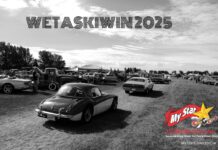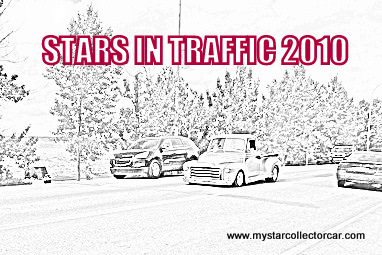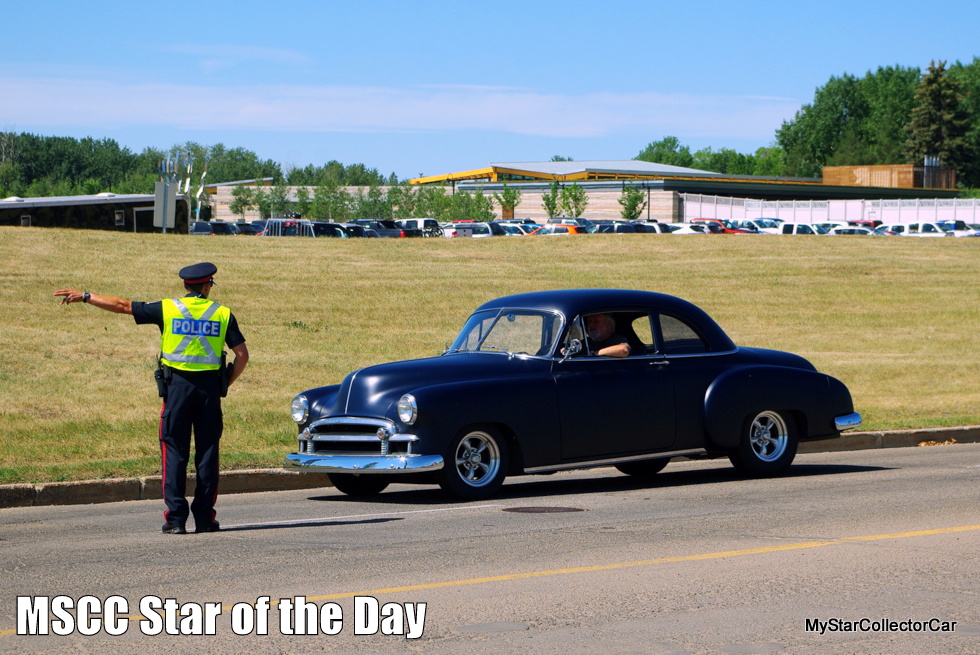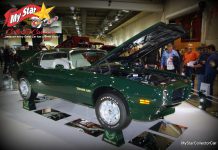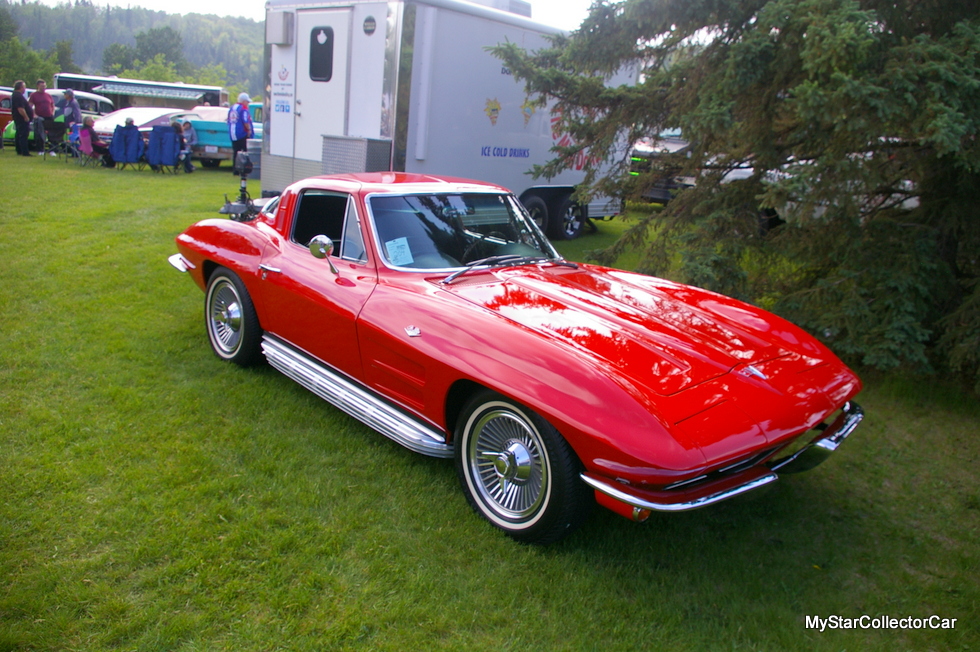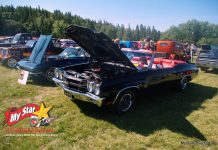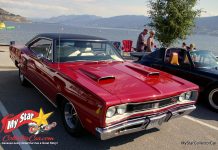The Studebaker Brothers Manufacturing Company changed horses in a big way when the former horse-powered wagon builder jumped into the horseless carriage game.
Their initial non-equine vehicle was an electric car built in 1902, followed just two years later when the company came to its senses and built its first gas-powered vehicle.
Jim Sutherland
The domestic car manufacturing world had a free-for-all vibe to it because so many “wanna-be” car builders crowded the field in search of a piece of the horseless carriage market. Unsurprisingly, the theory of business evolution separated the strong from the weak when the get-rich-quick car builders died a quick but anonymous death at the hands of auto manufacturers who built better and more affordable vehicles.

Additionally, the early days of automotive builders was punctuated with mergers that made one big company (e.g., General Motors) out of several small companies, all of which brought something to the table in terms of design or engineering.
However, Studebaker bucked the merger trend during the early days of car builders and turned out some classic models without joining other car companies during the pre-World War Two years. Nevertheless, the Great Depression took its toll on the Studebaker car company, and it was forced to file for bankruptcy in 1933 but were fortunate enough to be able to survive the major financial setback.

The post-war era for Studebaker was a period when the small car company relied heavily upon its innovative approach to car-building to compete against the Big Three (GM, Ford and Chrysler) juggernauts.
Studebaker took many chances in terms of radical automotive design, plus they worked miracles on a small budget, two factors that have been noted by automotive historians over the years.

Some of the more famous post-war Studebaker cars included their Bullet-nosed models from the early 1950s, Golden Hawks, and Avantis, but the little car company also built the Studebaker Wagonaire, with an innovative sliding rear roof option for the company’s station wagon models built between 1963 and 1966.

Marcel Van Dyke is a loyal fan of the Studebaker brand and is also the proud owner of a 1966 Studebaker Wagonaire station wagon. Marcel’s unique wagon was built in Hamilton, Ontario Canada after Studebaker shut down its famous South Bend, Indiana plant in mid-1964.

Marcel’s ’66 Studebaker wagon was built during the final production year for the company and is a remarkable example of the sliding rear roof design for the innovative car maker. Marcel calls his Studey a “convertible station wagon“, an apt description for an open-air long roof.

Studebaker fans will notice the two-tone paint scheme on the Wagonaire, a color change undertaken by Marcel to enhance the overall body lines of his wagon-plus Marcel felt his Studey “looked like a hearse” when it was an all-white car.
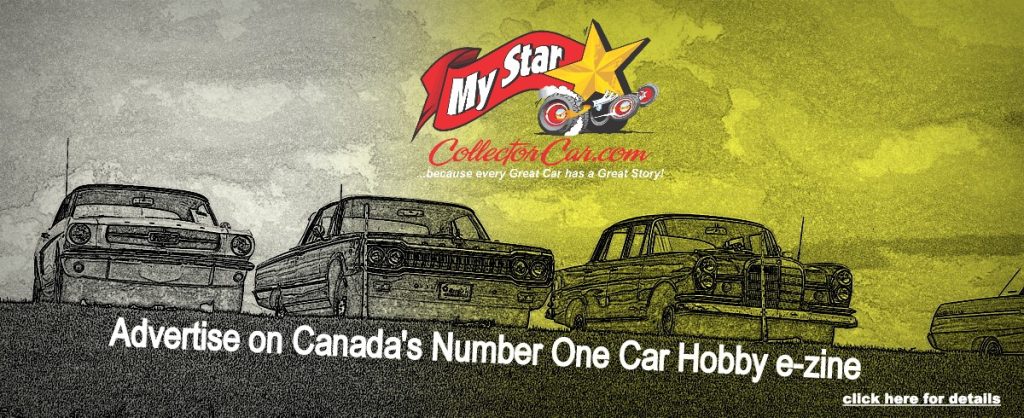
The car still has its factory 283 GM small block, a nod to Studebaker’s cost-cutting measures that included out-sourcing for automotive components like engines by the end of the company’s production run. The ‘66 Wagonaire has its original Borg-Warner automatic transmission, a 3-speed tranny that was also used by Checker in their famous taxi cabs.

The result is a very reliable 58-year-old car that can still handle the pace on modern highways, although Marcel is comfortable behind the Studey’s wheel at about 100 km/h (roughly 60 mph), a pace that is easy to maintain on the road.

The most important part of the equation is a loyal Studebaker fan has given himself an opportunity to own and drive one of that unique car company’s more unique car models.
Jim Sutherland
BY: Jim Sutherland
Jim Sutherland is a veteran automotive writer whose work has been published by many major print and online publications. The list includes Calgary Herald, The Truth About Cars, Red Deer Advocate, RPM Magazine, Edmonton Journal, Montreal Gazette, Windsor Star, Vancouver Province, and Post Media Wheels Section.
- CLICK HERE to Sign Up for the Newsletter
- CLICK HERE to Like us on Facebook
- CLICK HERE to Follow us on Twitter
- CLICK HERE to Follow us on Pinterest



